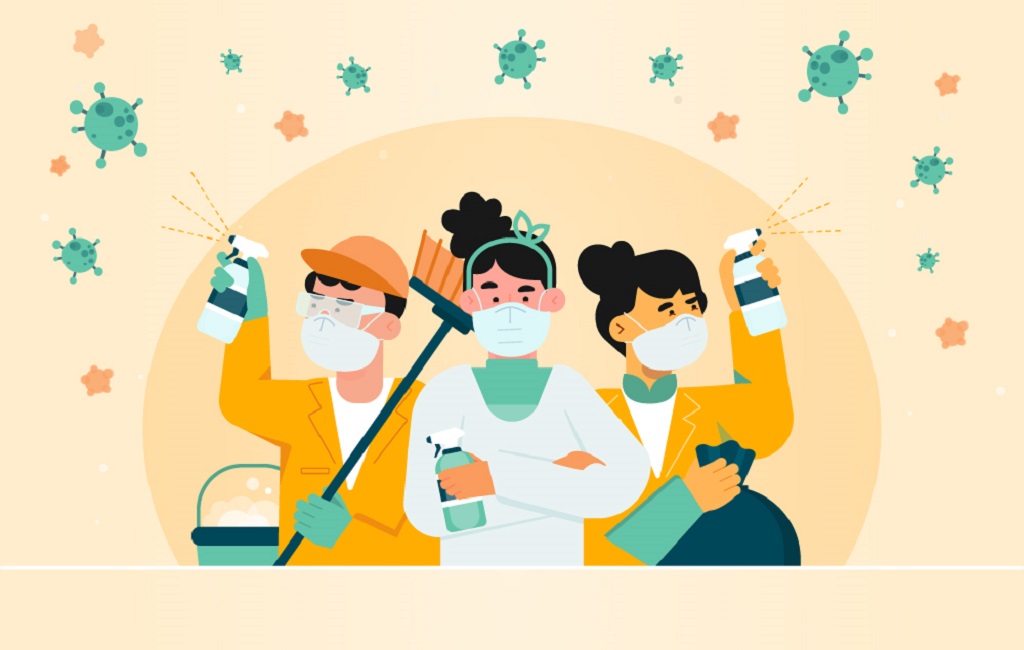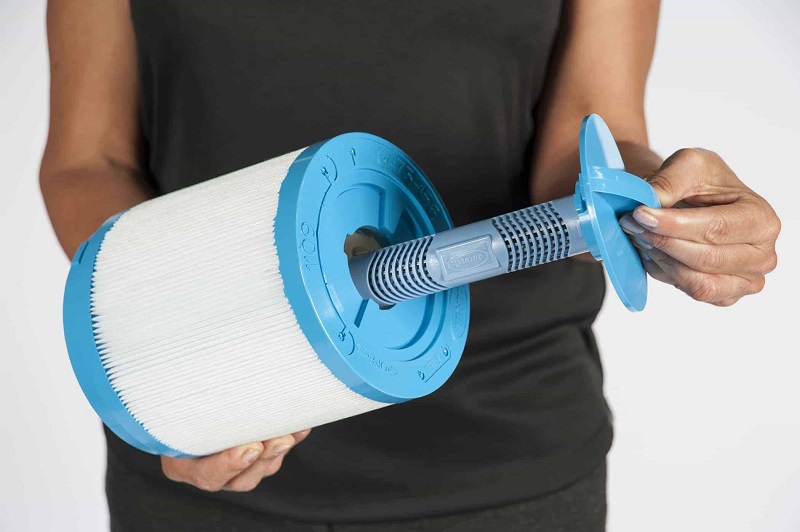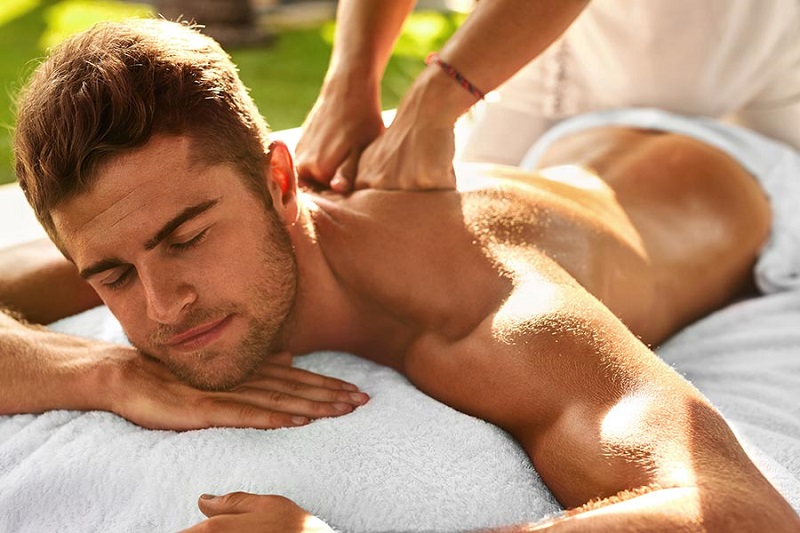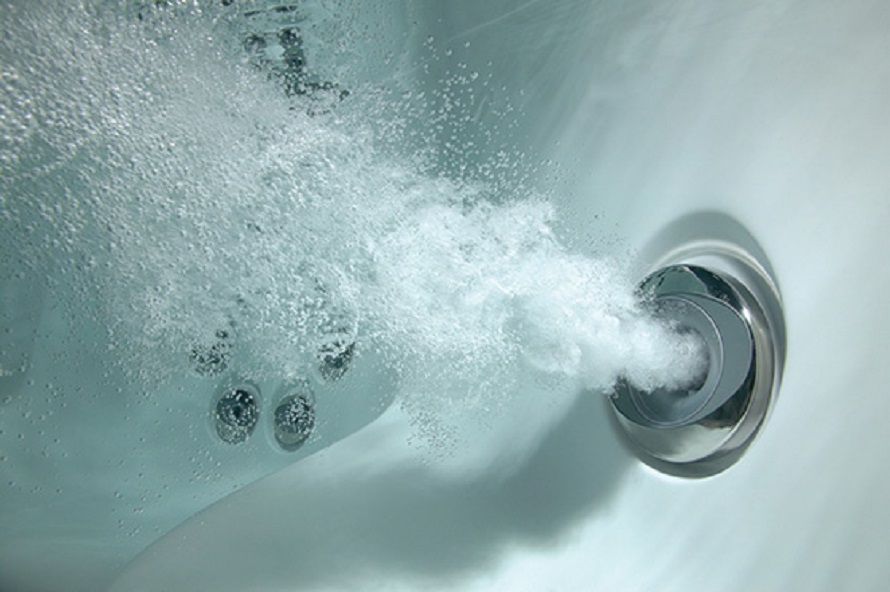Stepping into a spa is an escape – a chance to unwind, rejuvenate, and emerge feeling pampered. But a crucial element of a truly blissful spa experience is cleanliness. Just like a spotless home fosters a sense of well-being, impeccable hygiene, and sanitation standards are paramount in a spa environment.
This guide delves into the world of spa hygiene and sanitation, catering to both spa-goers and those curious about the practices behind the scenes. By understanding these protocols, you can feel confident about cleanliness during your next spa visit, while those with existing knowledge can gain insights into maintaining a hygienic spa environment.
Why Spa Hygiene Matters:
Spas are havens of relaxation, but they’re also environments ripe for the spread of bacteria and pathogens. Here’s why hygiene is paramount:
- Close Contact: Spa treatments often involve close physical contact between therapists and clients. Proper sanitation practices are crucial to prevent the spread of germs.
- Shared Surfaces: Treatment rooms, lockers, waiting areas, and equipment are frequently touched by numerous people throughout the day. Meticulous disinfection is essential to minimize the risk of cross-contamination.
- Moisture and Warmth: The warm, humid environments commonly found in spas can accelerate bacterial growth. Regular cleaning and disinfection are necessary to maintain a hygienic environment.
Behind the Scenes: Maintaining Spa Hygiene
Ensuring a spotless spa requires a multi-pronged approach:
1. Cleaning Procedures:
- Regular Cleaning: Surfaces like tables, counters, floors, and chairs should be cleaned and disinfected after each use. Staff should follow specific protocols for cleaning and disinfecting different areas, using appropriate cleaning solutions.
- High-Touch Surfaces: Special attention should be paid to high-touch areas like doorknobs, light switches, faucets, and handles. These should be disinfected at frequent intervals throughout the day.
- Laundry Protocols: Linens, towels, and robes should be washed in hot water (typically above 60°C or 140°F) with a bleach solution after each use.
2. Disinfection Practices:
- EPA-Registered Disinfectants: Spas should utilize Environmental Protection Agency (EPA)-registered disinfectants proven effective against a broad spectrum of bacteria and viruses.
- Proper Dilution: Disinfectants must be diluted at the manufacturer’s recommended concentration to be effective.
- Contact Time: Disinfectant solutions require a specific contact time with surfaces to ensure proper germ elimination.
3. Personal Hygiene of Staff:
- Frequent Handwashing: Staff, particularly therapists, should wash their hands thoroughly with soap and water for at least 20 seconds between clients and after using the restroom.
- Sanitizing Tools: All reusable tools used during treatments, such as massage stones or hot stones, must be thoroughly sanitized between clients.
- Proper Attire: Staff should wear clean uniforms and gloves during treatments when necessary.
4. Maintaining a Sanitary Environment:
- Proper Ventilation: Proper ventilation is essential to prevent moisture buildup and the growth of mold and mildew. Exhaust fans should be used in areas with high humidity.
- Waste Management: A proper waste disposal system is crucial. Linen bins should be lined and emptied regularly. Biohazardous waste should be handled according to regulations.
- Regular Inspections: Spas should conduct regular inspections to identify areas requiring additional cleaning or potential sanitation hazards.
The Role of Spa-Goers in Maintaining Hygiene:
While the primary responsibility lies with spa staff, spa-goers can contribute to a hygienic environment:
- Communicate Health Concerns: If you have any contagious conditions, reschedule your appointment to avoid spreading germs to others.
- Shower Before Treatments: Showering beforehand helps remove surface bacteria and ensures a more hygienic experience for both you and the therapist.
- Hygiene During Treatments: Follow the therapist’s instructions regarding disrobing and positioning during treatments.
- Etiquette in Common Areas: Avoid coughing or sneezing directly onto surfaces. Use tissues and dispose of them properly.
- Bring Your Essentials: Consider bringing your flip-flops or sandals to wear in the shower and locker areas.

Beyond the Basics: Advanced Hygiene Practices for Spas
Spas seeking to elevate their hygiene standards can explore these additional measures:
- Air Purification Systems: Investing in air purification systems can further reduce the spread of airborne germs.
- Footbaths for Clients: Providing disposable footbaths for clients to use before treatments can help minimize bacteria entering treatment rooms.
- Linens Changed Mid-Massage: Some high-end spas change linens during longer massage treatments for added hygiene.
- Training and Certification: Encouraging staff to pursue additional training in sanitation and disinfection protocols demonstrates a commitment to hygiene.
Maintaining Transparency and Building Trust:
Open communication around hygiene practices builds trust with spa-goers. Here’s how:
- Display Cleaning Certifications: Displaying certificates for staff training or cleaning product certifications in common areas shows a commitment to hygiene.
- Visible Cleaning Procedures: Spa-goers may appreciate witnessing staff diligently cleaning surfaces between treatments.
- Responding to Concerns: Spas should have a clear process for addressing any hygiene concerns raised by clients.
Related: Best Way to Clean Spa Filters
Conclusion: Cleanliness – The Cornerstone of a Blissful Spa Experience
By prioritizing impeccable hygiene and sanitation, spas create a safe and relaxing environment for all. When spa-goers understand these practices and participate in maintaining good hygiene, everyone benefits. Ultimately, cleanliness is the foundation for a truly blissful spa experience, allowing you to fully surrender to relaxation and emerge feeling rejuvenated and refreshed. So, next time you visit a spa, take comfort in knowing that meticulous hygiene practices are likely happening behind the scenes, ensuring a safe and restorative experience.





